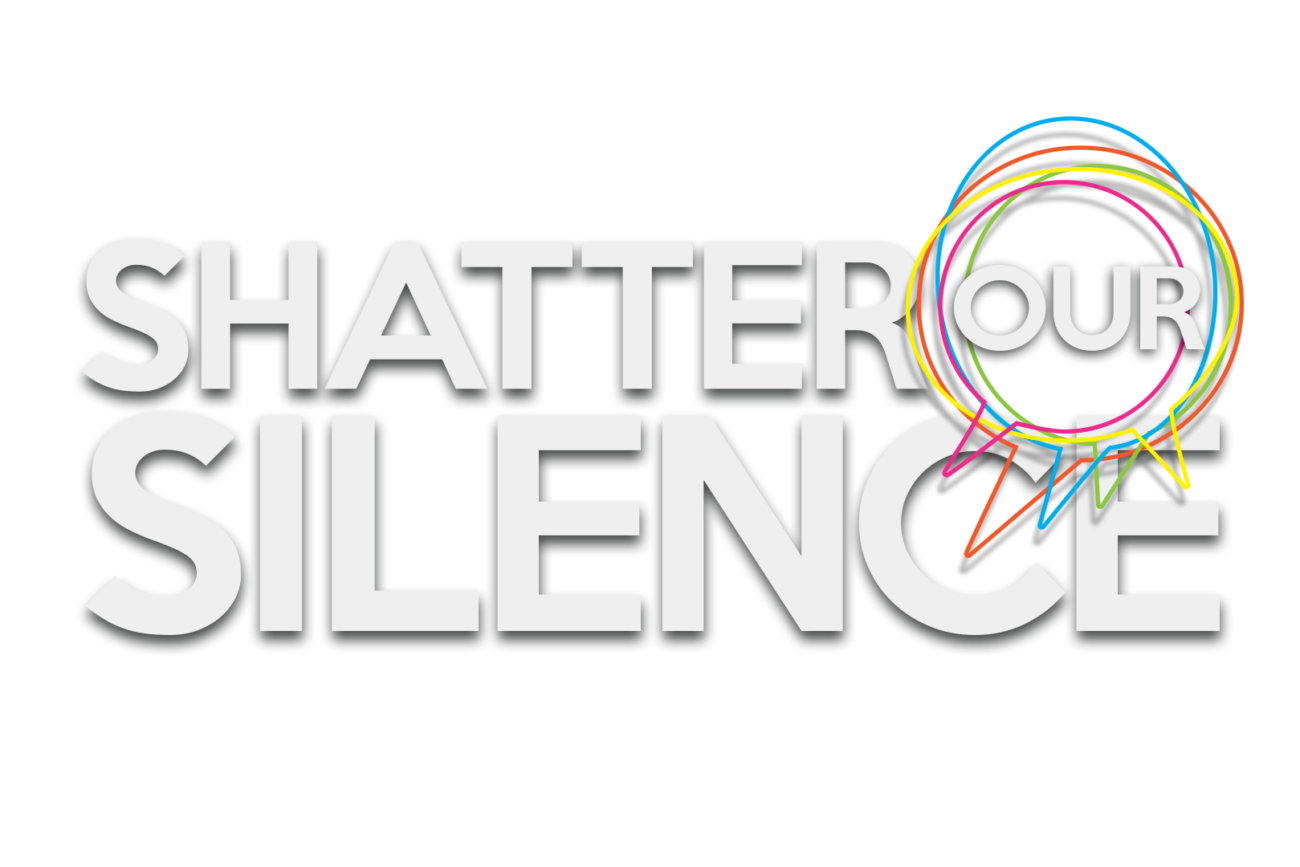How to help someone with suicidal thoughts is a question that many people face but often feel unprepared to answer. It’s a challenging and sensitive issue, but knowing how to respond can make a significant difference in someone’s life. In this blog, we will explore effective strategies and practical steps to support someone experiencing suicidal thoughts, ensuring they receive the help and care they need.
Recognizing the Warning Signs
Recognizing the warning signs of suicidal thoughts is the first step in providing help. These signs can vary but often include:
- Expressing Hopelessness: Statements like “I can’t go on,” “There’s no way out,” or “I wish I were dead.”
- Withdrawal: Isolating from friends, family, and activities once enjoyed.
- Mood Swings: Extreme changes in mood, from depression to sudden calmness.
- Changes in Behavior: Increased use of alcohol or drugs, reckless behavior, or giving away prized possessions.
- Talking About Death: Frequently talking or writing about death, dying, or suicide.
How to Start the Conversation
Starting the conversation about suicidal thoughts can be daunting, but it is crucial. Here’s how to approach it:
- Choose a Private Setting: Find a quiet, private place where the person feels safe and comfortable.
- Express Concern: Use “I” statements to express your concern. For example, “I’ve noticed you’ve been very down lately, and I’m really worried about you.”
- Be Direct: Ask directly about suicidal thoughts. This can be difficult, but it’s important to be clear. You might say, “Are you thinking about hurting yourself?” or “Have you had thoughts of suicide?”
Offering Support and Encouragement
- Listen Without Judgment: Allow the person to share their feelings and thoughts without interrupting or judging. Show empathy and understanding.
- Reassure Them: Let them know that they are not alone and that help is available. Statements like “I’m here for you” or “We’ll get through this together” can provide comfort.
- Encourage Professional Help: Encourage them to seek professional help from a mental health professional. Offer to help them find a therapist or accompany them to appointments.
Immediate Actions to Take
If someone is in immediate danger, take these steps:
- Stay with Them: Do not leave them alone. Stay with them until help arrives.
- Remove Dangerous Items: Remove any objects that could be used for self-harm, such as sharp objects, medications, or firearms.
- Call Emergency Services: If the situation is critical, call emergency services or take them to the nearest emergency room.
Providing Long-Term Support
- Follow Up: Continue to check in with the person regularly. Let them know you care about their well-being.
- Create a Safety Plan: Work with them to create a safety plan that includes warning signs, coping strategies, and contact information for support.
- Encourage Healthy Habits: Promote activities that improve mental health, such as regular exercise, a healthy diet, and sufficient sleep.
Resources and Hotlines
Providing access to resources and hotlines is essential:
- National Suicide Prevention Lifeline: 1-800-273-TALK (8255)
- Crisis Call or Text: 9-8-8
- Mental Health America: www.mhanational.org
- NAMI (National Alliance on Mental Illness): www.nami.org
Understanding how to help someone with suicidal thoughts is vital in providing the support and intervention necessary to save a life. By recognizing the warning signs, starting the conversation, offering support, and taking immediate action when needed, you can make a significant impact.
Remember, you are not alone in this effort, and there are many resources available to help both you and the person you are supporting.
Resources:
9-8-8 Suicide and Crisis Lifeline: Call or Text 9-8-8
Remember, you are never alone, and there is help and hope available.




